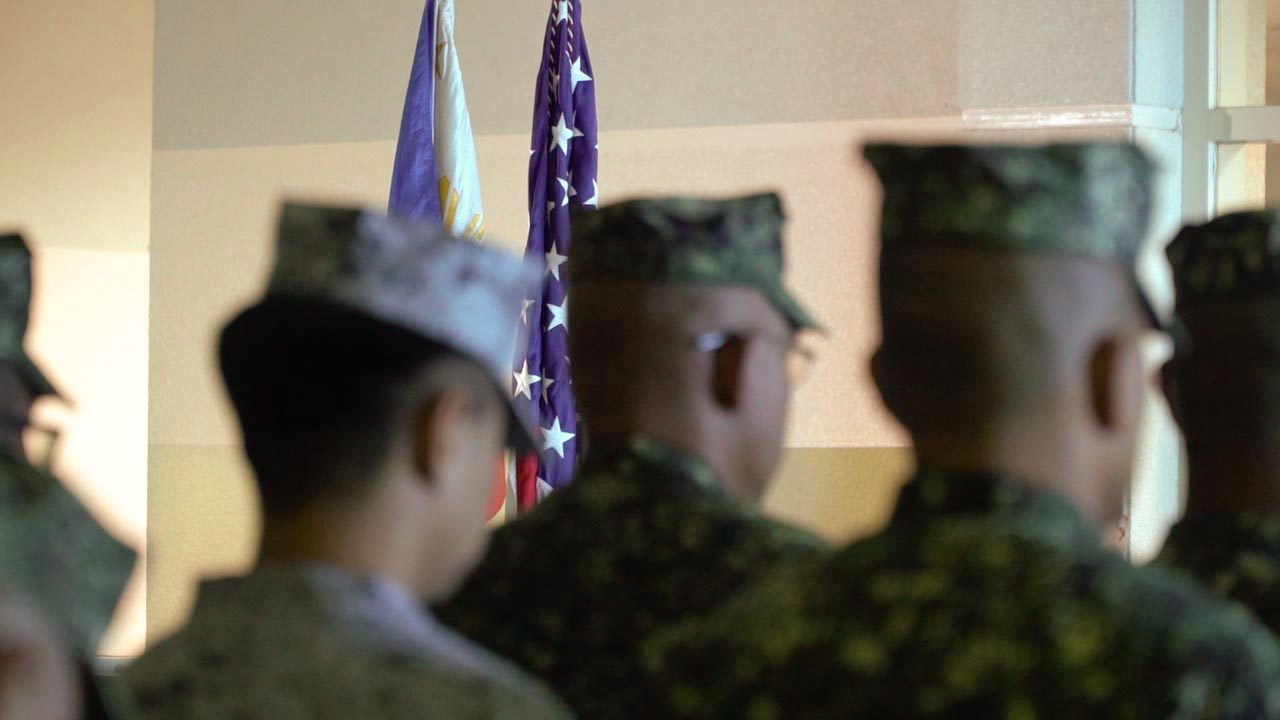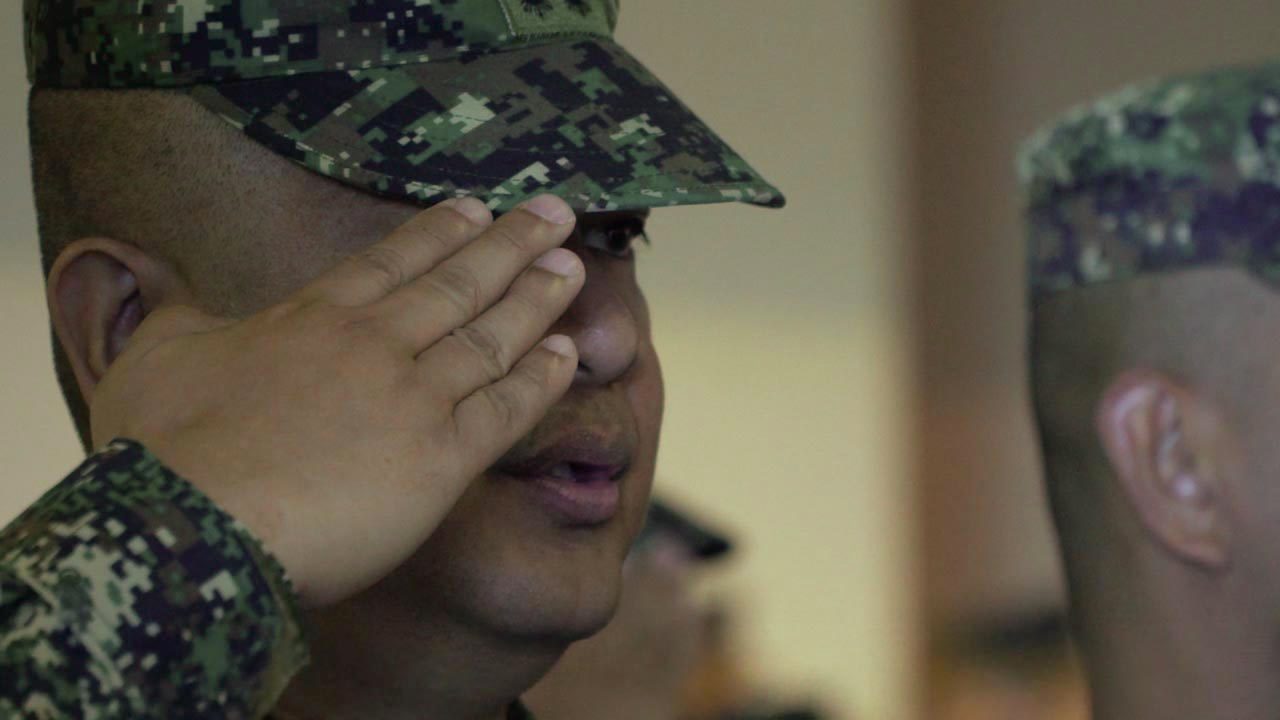SUMMARY
This is AI generated summarization, which may have errors. For context, always refer to the full article.

SUBIC, Philippines – The Philippine Marines and US forces officially opened on Wednesday, October 9, the third Kaagapay ng Mandirigma ng Dagat or KAMANDAG 3 annual joint exercises, aimed at honing the capabilities of the Filipino troops in amphibious assault operations.
A contingent from the Japan Ground Self Defense Force will also participate in the drills that will run until October 18.
An amphibious landing exercise on Saturday, October 12, will feature the Philippine Marine Corps’ (PMC) brand new amphibious assault vehicles (AAV) in an international drill for the first time.
The Philippine marines used to train in amphibious operations using foreign militaries’ AAVs in past joint exercises.
Saturday’s drill at the Marine Barracks Gregorio Lim in Ternate, Cavite, will have Philippine and US troops conducting a landing operation in support of a counterterrorism scenario. This will be followed by a humanitarian assistance and disaster response exercises by the Japanese forces.
The exercise will be the first time the 3 countries will train together in such operations, marking an “advance in amphibious capabilities” and “a milestone in our interoperability as partners,” said Major General Paul J. Rock Jr, commanding general of the 3rd marine expeditionary brigade of the US Marine Corps during the opening ceremony at the Subic Bay International Airport in Subic, Olongapo City.
Another major drill will be a bilateral low-altitude air defense operation coupled with a territorial defense mission at the Colonel Ernesto Rabina Air Base, also known as the Crow Valley Gunnery Range, in Capas, Tarlac, on October 17.
Participants in the exercise will use tactical training systems to practice targeting and engaging enemy aircraft, enabling pilots to react to simulated live threats.
Other drills and community engagements will happen simultaneously in Cavite, Tarlac, Nueva Ecija, Zambales, Pampanga, and Palawan throughout the 10-day training exercise.

The Philippines, US, and Japan are strategic partners that hold regular military exercises together to enhance one another’s defense capabilities and interoperability. Such drills are also perceived as a show of force against threats to the Asia-Pacific region’s security and stability, particularly as China builds up its own military capability to challenge the current US-led order in the region.
The Philippines had been hard-pressed to deal with China’s occupation of several land features in the West Philippine Sea, and de facto control of access to the strategic, resource-rich waterway.
Speaking to reporters after the ceremony, Brigadier General Ariel Caculitan, the PMC exercise director for KAMANDAG 3, denied that the exercises are geared at the security threat presented by China in the West Philippine Sea.
Instead, the drills will focus on counterterrorism, search-and-rescue, and mass casualty response during disasters.
The exercises “underscore not only our friendly relations and excellent cooperation but also the higher professional standards and competency most valued by our militaries,” Caculitan told reporters.
For the Philippines, KAMANDAG 3 builds upon past trainings with other foreign militaries, and complements the acquisition of new assets in its military’s P300-billion modernization program.
“I just know, the very nature of this exercise, the things that we are doing, whether it’s a parachute operation or the air defense or the AAV operations, these are advanced capabilities. This is not something that we do with many partners. So just from that, you can tell that the Philippine Armed Forces has advanced in capability significantly,” Rock said. – Rappler.com
Add a comment
How does this make you feel?





There are no comments yet. Add your comment to start the conversation.